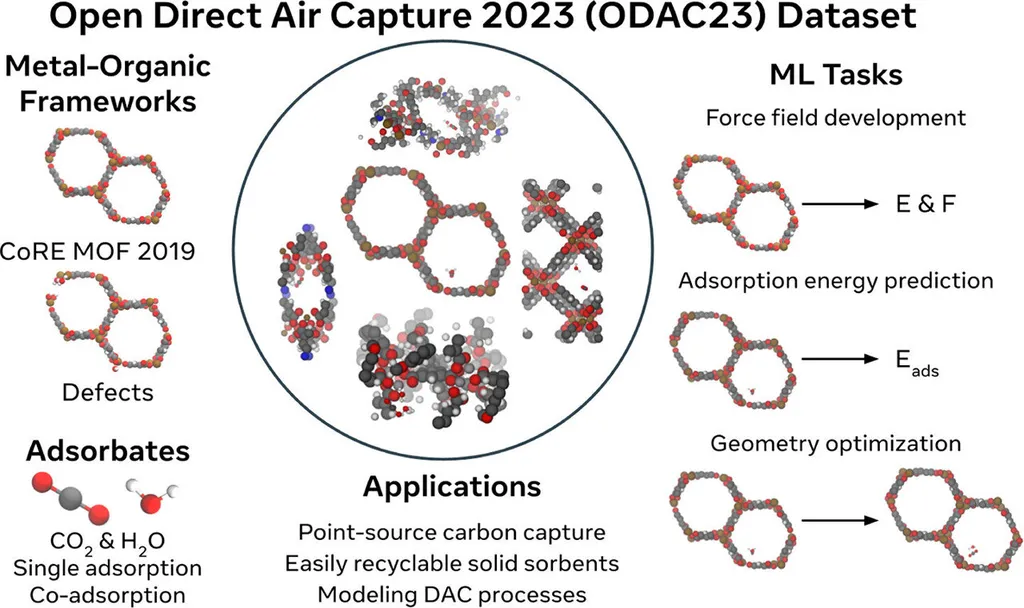In the quest to harness carbon dioxide for industrial applications, a groundbreaking study has emerged from an unexpected corner of academia. Fadhel F. Sead, a researcher from the Department of Dentistry at The Islamic University, has developed an innovative framework to predict the solubility of CO2 in polyethylene glycol (PEG), a versatile polymer with applications ranging from pharmaceuticals to energy storage. This research, published in the journal Scientific Reports, could revolutionize processes like supercritical fluid extraction, carbon capture, and polymer modification, offering significant commercial impacts for the energy sector.
Sead’s work focuses on building advanced predictive models using machine-learning techniques to forecast CO2 solubility in PEG under various conditions. The models, which include random forest, decision tree, adaptive boosting, k-nearest neighbors, and ensemble learning, were trained on data sourced from previously published literature. The goal? To create a tool that can accurately estimate CO2 solubility without the need for time-consuming and expensive experimental workflows.
The standout performer among the models was the decision tree (DT) approach, which demonstrated the highest accuracy and lowest error metrics. “The decision tree model showed an R-squared value of 0.801 for test data and 0.991 for training data,” Sead explained. “This indicates a high level of predictive accuracy, making it a robust tool for practical applications.”
The implications of this research are far-reaching. In the energy sector, understanding CO2 solubility is crucial for developing efficient carbon capture technologies, which are essential for mitigating climate change. By providing an accurate and user-friendly tool for estimating CO2 solubility, Sead’s work could accelerate the development of these technologies, making them more accessible and cost-effective.
Moreover, the study’s sensitivity analysis revealed that pressure and PEG molar mass directly affect CO2 solubility, while temperature has an inverse relationship. This insight could guide the design of more efficient processes, optimizing conditions for maximum CO2 absorption and utilization.
As the world grapples with the challenges of climate change and the need for sustainable energy solutions, research like Sead’s offers a beacon of hope. By leveraging the power of machine learning, we can unlock new possibilities for harnessing CO2, transforming it from a pollutant into a valuable resource. The decision tree model developed by Sead, published in Scientific Reports, is a testament to the potential of interdisciplinary research and the power of innovation to drive progress.
The energy sector is ripe for disruption, and this research could be the catalyst for a new wave of developments. As we look to the future, it’s clear that the intersection of machine learning and materials science will play a pivotal role in shaping our energy landscape. Sead’s work is a significant step in that direction, paving the way for more efficient, sustainable, and innovative solutions.

